ADDRESS AT THE INAUGURATION OF THE INTERNATIONAL CONFERENCE ON AUTISM, NEW DELHI
13-09-2006 : New Delhi
Research Focus on Autism
"Pain removal is indeed, God?s mission"
The inauguration of the International Conference on Autism on the topic "Unraveling Autism: Causes, Diagnostics, Interventions" is an important event for the nation and the entire world. I extend my welcome to the experts in the fields of special education, medicine, neurology, occupational therapy, and sensory integration from India and the United States. I also welcome participants from India, the SAARC countries, UK, Canada and some other parts of Asia who will be discussing this important subject facing humanity.
I have been studying the problems of mentally challenged children. There are many variants that mentally challenged people face and they include:
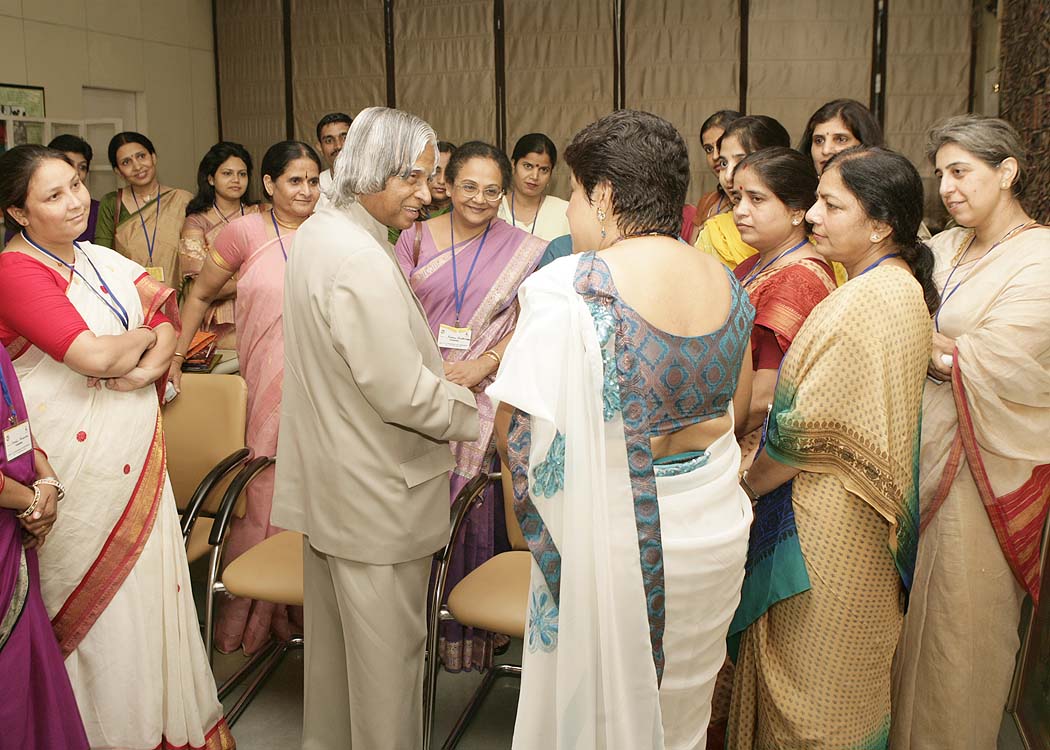
a. Attention deficit and disruptive behaviour disorders
b. Autism
c. Learning and communication disorders
d. Mood disorders
e. Schizophrenia
f. Cerebral palsy
g. Substance abuse
Within variants, research and study can establish a common thread. The subject of discussion today is autism.
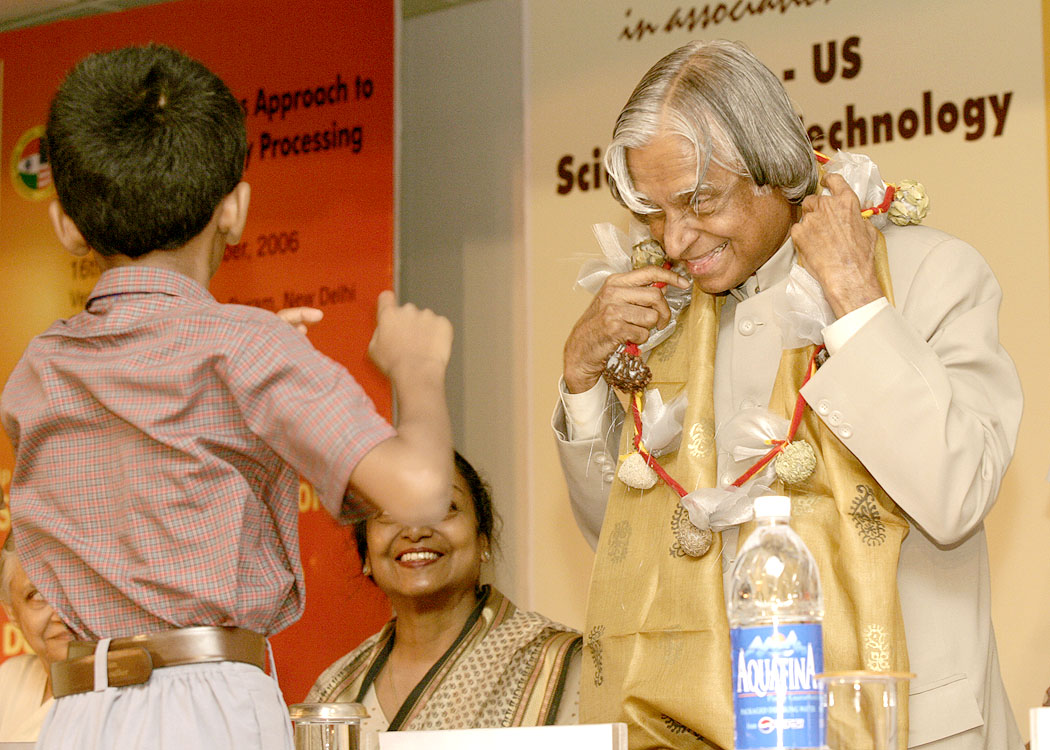

Autism and Reason for Hope
Autism is a complex developmental disability that typically appears during the first three years of life. The result of a neurological disorder that affects the functioning of the brain, autism impacts the normal development of the brain leading to reduction in various degrees in the areas of social interaction and communication skills. Children and adults with autism typically have difficulties in verbal and non-verbal communication, social interactions, and leisure or play activities. The treatment has to be multifaceted including physiological, psychological and sociological integrated care in an environment radiating with kindness.
Today, a child who receives effective therapy and education has every hope of using his or her unique capacity to learn. Even some who are seriously mentally retarded can often acquire many self-help skills like cooking, dressing, doing the laundry and even handling money. For such children, greater independence and self-care may be primary training goals. Other youngsters may go on to learn basic academic skills, like reading, writing and simple math. Many may reach high school and some may even earn college degrees. Like anyone else, their personal interests provide strong incentives to learn. How to give the incentive for such needs? There is a need of teaching with love.
Clearly, an important factor in developing a child's long-term potential for independence and success may require early intervention. The sooner a child begins to receive help, the more opportunities for learning are created. Furthermore, because a young child's brain is still forming, scientists believe that early intervention gives children a better chance of developing their full potential. Some institutions in India have facilities for the development of children as well as grownups.
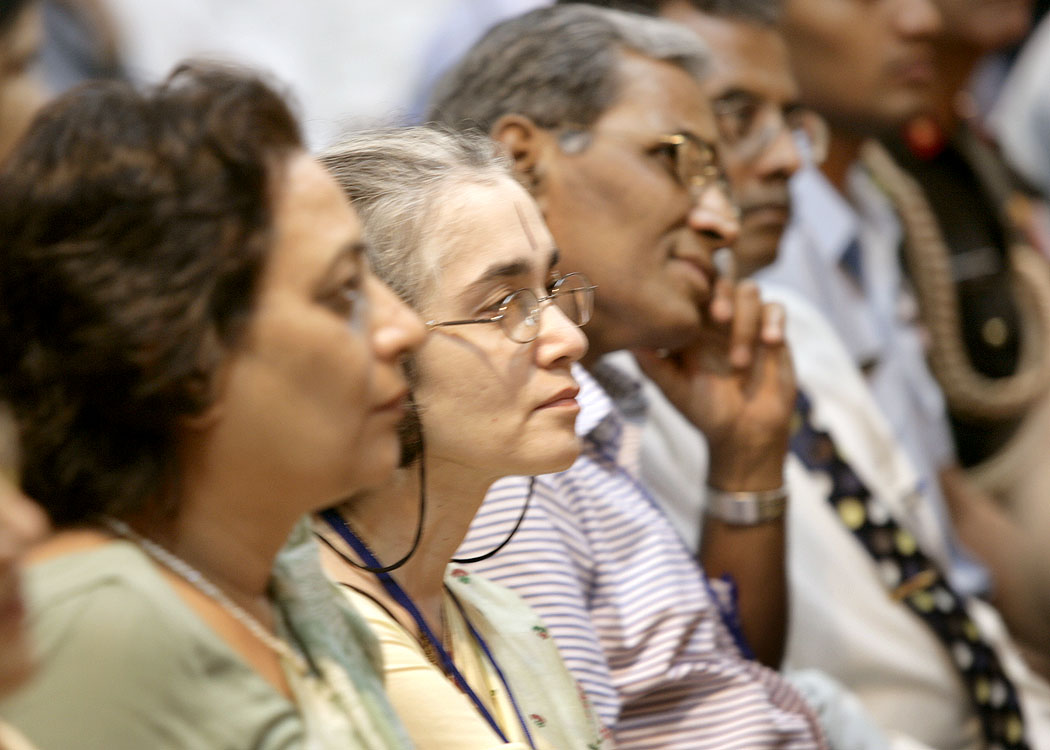

Developmental approaches
Professionals have found that many children with autism learn best in an environment that builds on their skills and interests while accommodating their special needs. Programmes employing a developmental approach provide consistency and structure along with appropriate levels of stimulation. For example, predictable schedules of activities each day, help children with autism adapt and organize their way of life. Using a certain area of the classroom for each activity helps students by making them familiar with what they are expected to do. For those with sensory problems, activities that sensitize or desensitize the child to certain kinds of stimulation may be especially helpful.
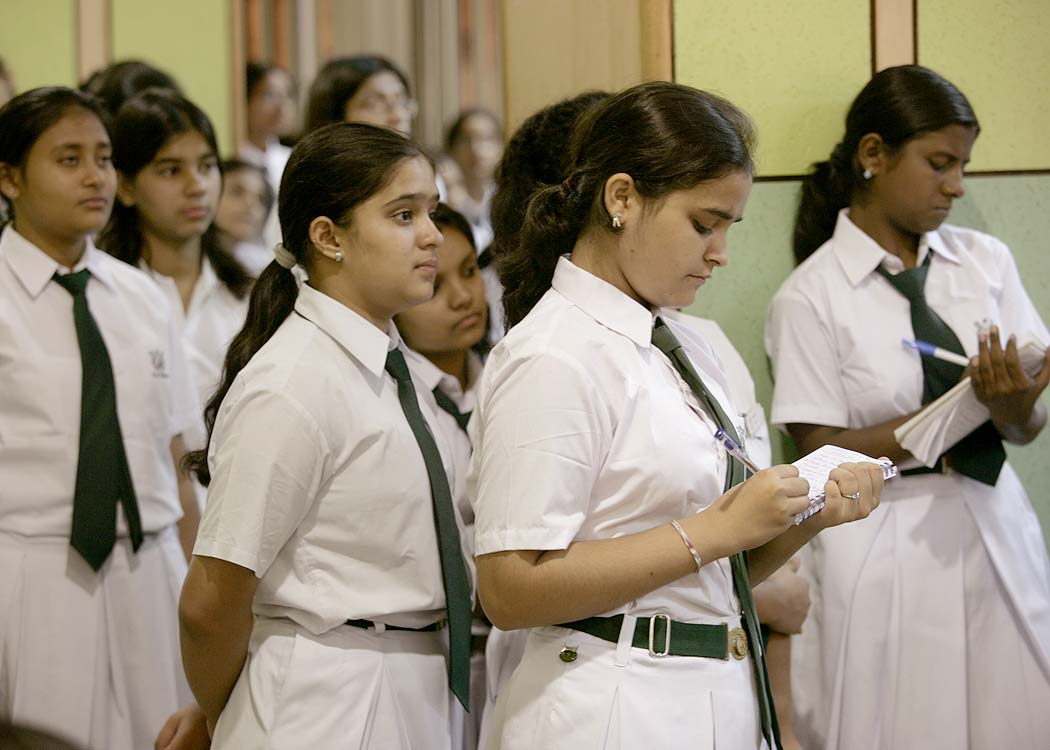

What hope does research offer?
However, Father George a researcher and myself have been working for the last three years on a research programme on mentally challenged children. Few important results that we are converging, may lead to certain relationship for autism. The research was aimed to find integrated solution using technology, software and hardware application to achieve a near normal functioning of the brain of mentally challenged children. Is it possible? That is the research focus. When I saw some of the mentally challenged children performing certain activities like singing, and painting at the Central Institute of Mental Retardation, in Thiruvananthapuram, I became convinced that one day convergence of information and communication technology, medical electronics, bio-technology, nano-technology and mathematical simulation can lead to an integrated solution to their problem. We have been studying mentally challenged children in various research institutions, homes for mentally retarded and hospitals. We are confident that it will be possible to transform certain functions of the damaged portion of the brain say in the left hemisphere to the normal portion in the right hemisphere of the brain by some triggering mechanism, or by implanting a bio-chip to carry-out those functions. The research is indeed locating the exact area of defect. Permanent solution which can help children afflicted with mental disability can be found by medical scientists and technologists using an integrated approach. The other research area proposed is the use of stem cells for increasing the quality and quantity of the neurons in the brain system. This area of research is in the preliminary stage.
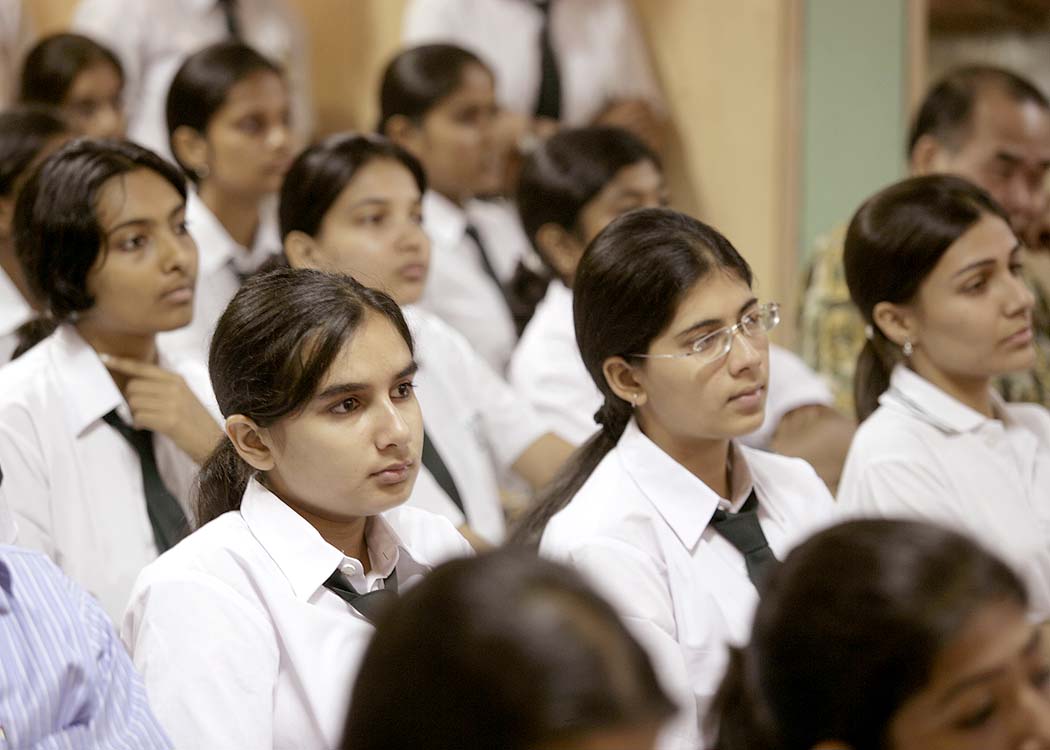

Hope for recovery
Dr. (Mrs.) Shayama Chona, President, Tamana has given a case study on how an autism affected person has recovered to a near normal state due to the constant care of teachers in Tamana School and she has built a certain methodology of life and education. Nancy joined Tamana School in April 1996 at the age of 12. At that time she had frequent bouts of temper tantrums even to the extreme of hitting and hurting others.
Her speech was very limited and repetitive. She would cry and laugh out of context. Any change in her routine or a change of persons working with her would upset her. She was very sensitive to sensory inputs like touch and sound. She would also be disturbed in large gatherings and was wary of changes. Now, Nancy is a 22 year old, who likes to be involved in all activities going on around her.
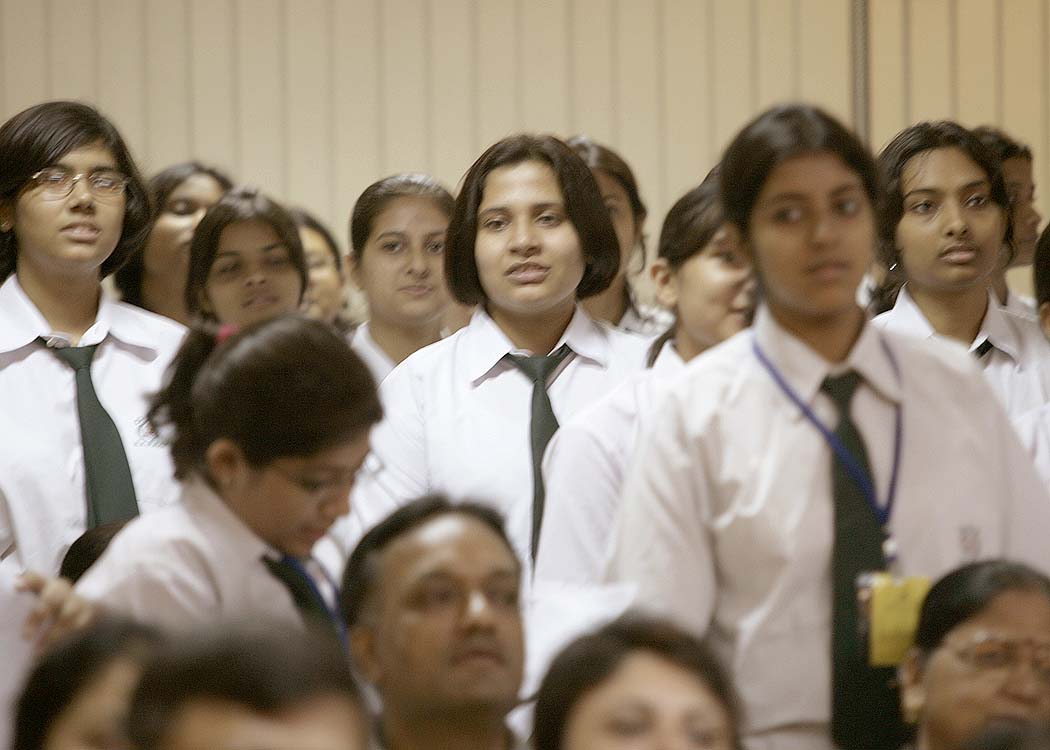
Today she is independent in all her daily living chores. She loves cooking and helps her mother some times in cutting vegetables and cooking including some special dishes. Now, after training, she likes to interact with other adults but being "autistic" her communication is very limited and repetitive.
She is very well settled and undesirable behavior is displayed only occasionally under extreme stress. She still does not like large gatherings and strangers. She closes her ears to loud sounds but instead of being upset has learnt to cope with it.
Certain areas in which Nancy needed more attention and were being attended to:-
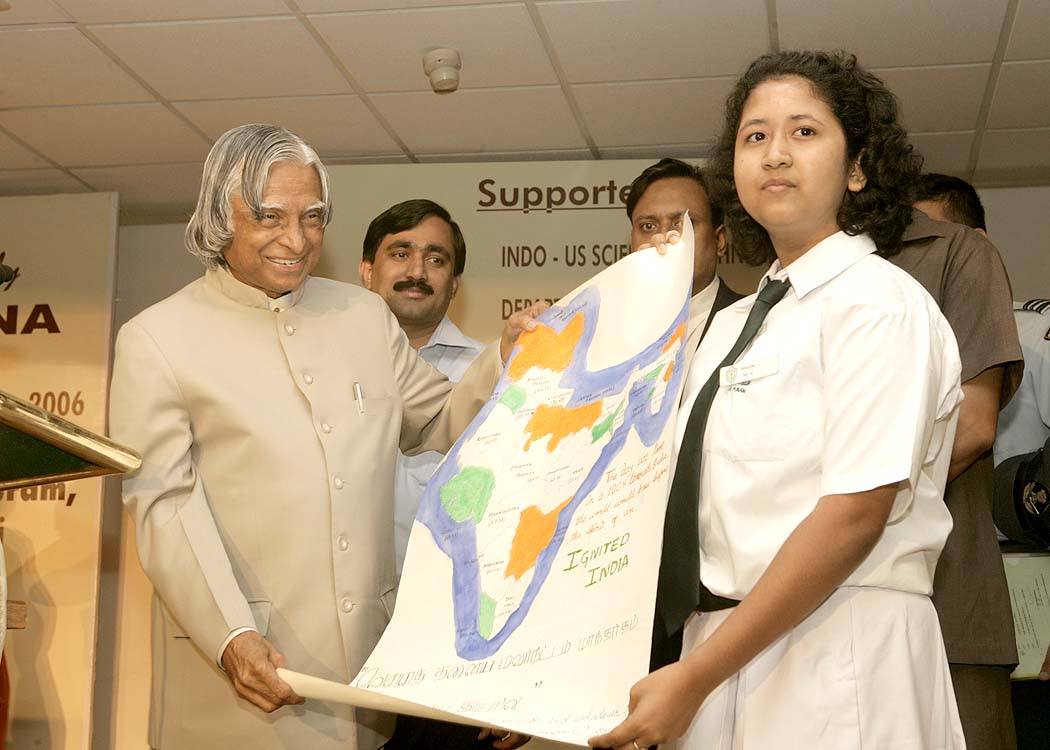
1. Coping with change of routine for which the school provided visual schedules and visual time tables before the change occurred. The Institution also provided certain social stories.
2. Desensitizing her sensory input, for which sensory integration therapy and lots of music were used to calm her.


Incidence of Disorder
The incidence of autism varies from country to country depending upon the life style, the diagnostic acumen and facilities available. Over the last two decades, incidence of autism amongst pre-school children is reported to have increased from two per ten thousand to sixty per ten thousand. The probable reason for increase in incidence is the change in diagnostic criteria, development of the concept of wide autism spectrum, growing awareness and knowledge among parents and professional workers. The disorder is said to be prevalent more in cities as compared to rural areas. It is also said to be more among boys than the girls.
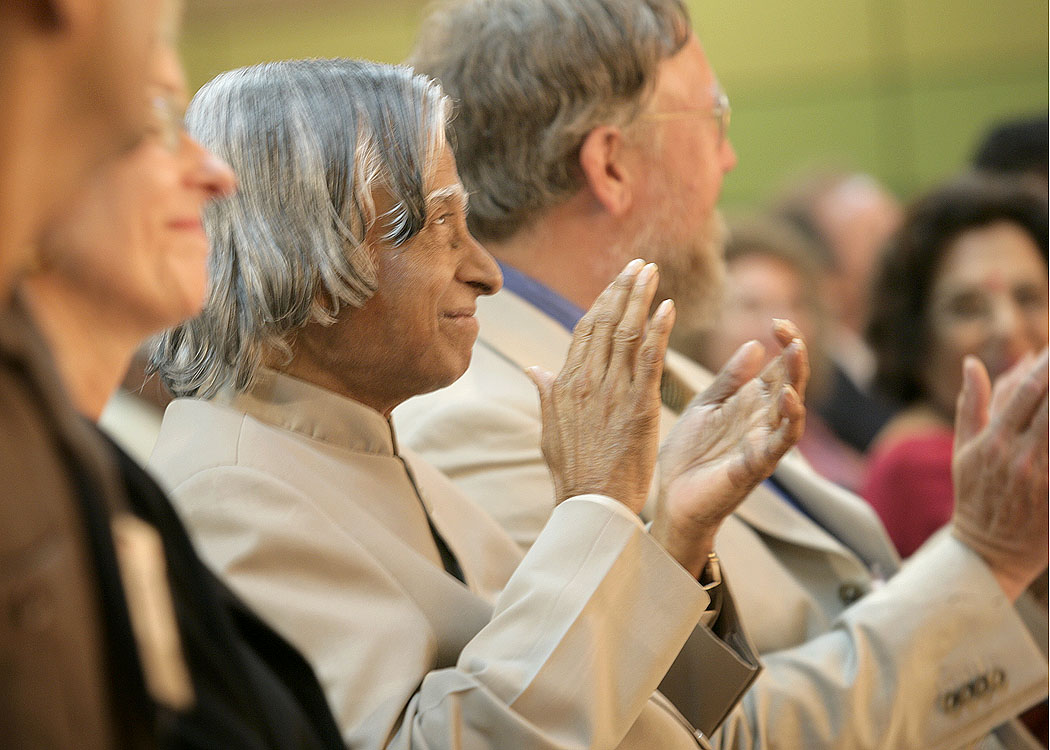

Diagnosis
It is essential to evolve medical diagnostic methods in a standard form. Is it possible? Observation of the child?s communication, behaviour and developmental skills help in its diagnostics. If suddenly a normal child at the age of two or three starts displaying delay in language, less communication skills and less social interaction, then it is a point of concern and the child has to be screened for autism. Autism is characterized by impairment in social understanding and communication as against mental retardation which leads to development of language disorder and specific learning disabilities.
There are no established biological markers. There are twenty autism related genes that have been discovered so far. What is inherited and how broad the inheritable genotype is remains unclear. According to current researchers, autism is regarded as a disorder of neuronal connectivity and that deficits in social cognition and communication may be related to dis-function in the amygdala, hippo campus and related structures. Thus, autism is a behavioural syndrome which has more than one cause.
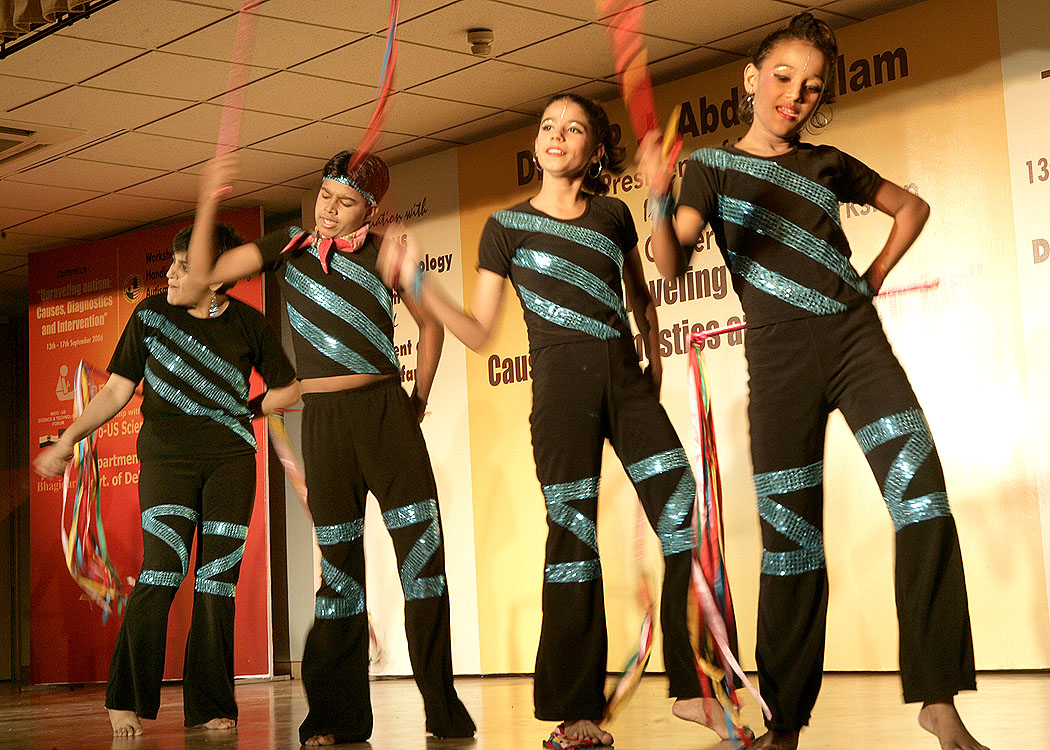

Management of autistic children
Once autism is diagnosed, it is essential that patients are given proper training to improve their behaviour and skills. There is need for creating institutions for training of teachers and parents. More often than not an autistic person requires personal care and personal training which demands a patient to teacher ratio has to be low. Since most autistic children lose speech, well equipped speech therapy centers are required to develop speech and communication skills. In spite of continuous training and care, autistic children cannot become totally independent. Hence there is need for having life time care centers with proper lodging and boarding facilities and homes. Initiatives are essential for creating training and life time care facilities. There is need for separate schools in different parts of the country with well trained teachers. At present such facilities are available only in large cities. Treatment has to be multifaceted including physiological, psychological and sociological integrated care.
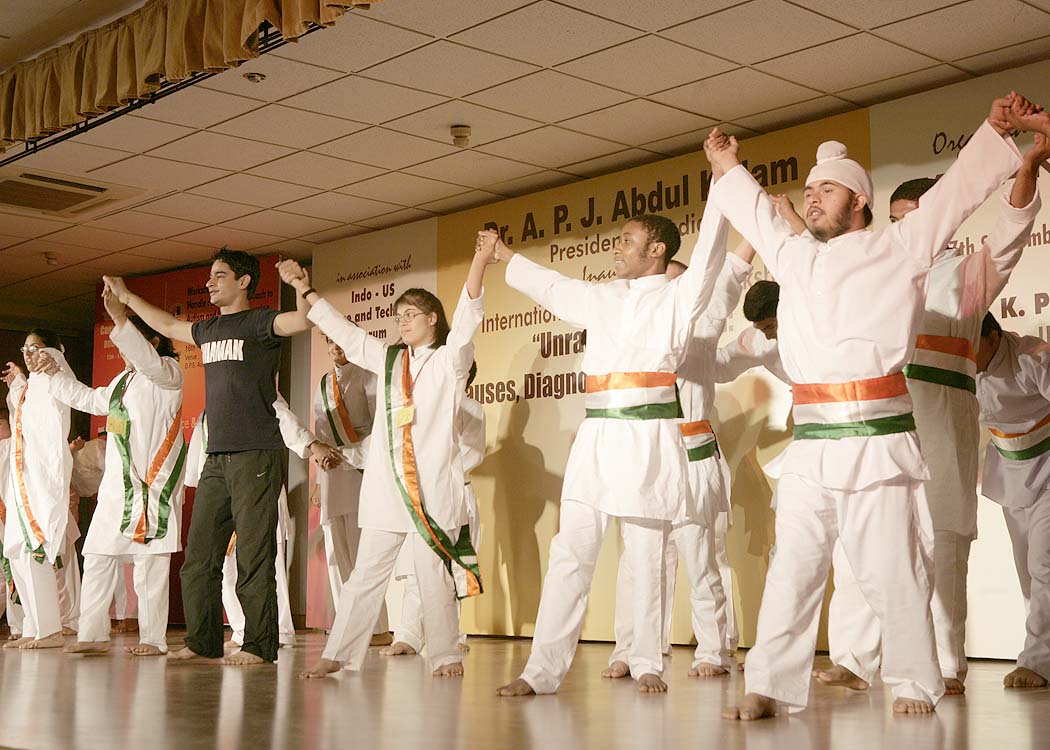

Sharing of Experience
In this expert gathering, there may be many who have heard or experienced the recovery of autistic patients by certain type of integrated treatments. It is essential for this forum during the conference to assemble the members and share the experiences and bring out a valuable document. While discussing the experience, specific strategies used by different experts for bringing an autistic child to normalcy will be of interest to all participants. This will be a reference report for many institutes that would like to remove the pain of autistic people. It is also necessary to network research experience across the world so that a common knowledge base is developed. I suggest that this data can be used through on-line web services.
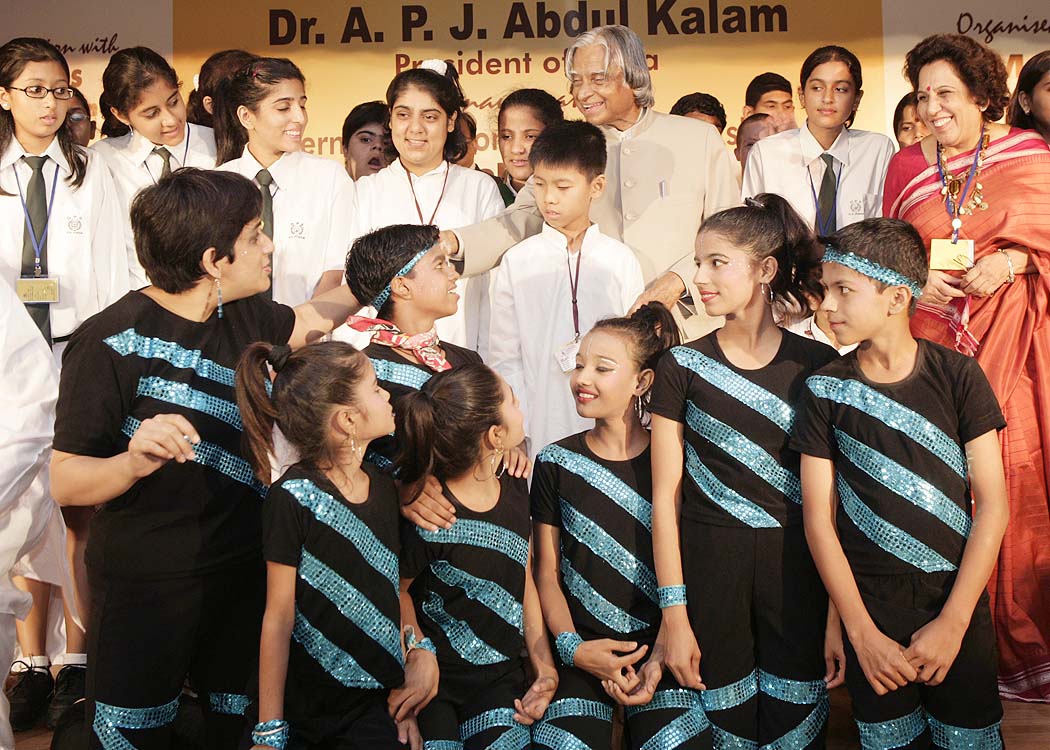

Research Areas
Since I am in the midst of researchers and care institutions studying the causes, diagnostics and interventions for autism, I would like to make the following suggestions for your consideration:-
a. Identify the main cause of autism both genetic and environmental. Is autism a genetically mediated disorder? We should find out, whether it is linked to one gene or one group of genes or multiple groups of genes. Can deficiency of neuro transmitters be the cause of autism? Can we consider using Gene chip and Bio MEMS for medical management of this condition?
b. With the emergence of new brain imaging tools?Computerized Tomography (CT), Positron Emission Tomography (PET) and Single Photon Emission Computed Tomography (SPECT) study of the brain structure and the cellular functioning of the brain can be done more effectively. In India the Institute of Nuclear Medicine and Allied Sciences (Delhi) and the Tata Memorial Hospital (Mumbai) have already established PET imaging centres. Also, it is proposed to establish this facility at the All India Institute of Medical Sciences (AIIMS). I would recommend that researchers should make use of such facilities for characterizing the brain of autistic children which can provide a lead for research and for treatment interventions.
c. Researchers may like to study whether the occurrence of autism is dominant in nuclear families or joint families. Is there any bias on rural or urban environment. They may also look at whether this factor has any relevance at all.
d. Special psychological packages based on experience of psychologists, mothers and care givers of autistic patients has to be brought out in consultation with care giving institutions.
e. Few researchers say that music and occupational therapy act as a good therapy. Research is required to select music and occupational therapy for improving the condition of children with autism. Many musicians have done research on music therapy.

Conclusion
Any disorder in human faculty such as autism increases dependence on others and reduces the self esteem of the individual. Researchers must direct their efforts in bringing about a sense of equality amongst children affected by autism. Equality can be generated by prevention, early detection, appropriate training to acquire certain skills and engaging the minds of affected children in productive efforts to enable them to lead a normal life. This International Conference is an important step for finding a research based solution for the causes, diagnostics and interventions required for the cure of autism. I am confident that the proceedings of this Conference will enable in bringing smiles to the faces of autistic children, their parents and light the lamp of happiness in their lives. I inaugurate this International Conference and wish all participants success in their mission of making humanity autism free.
May God bless you.
<<Back
|